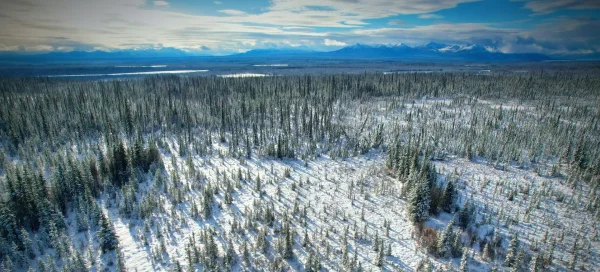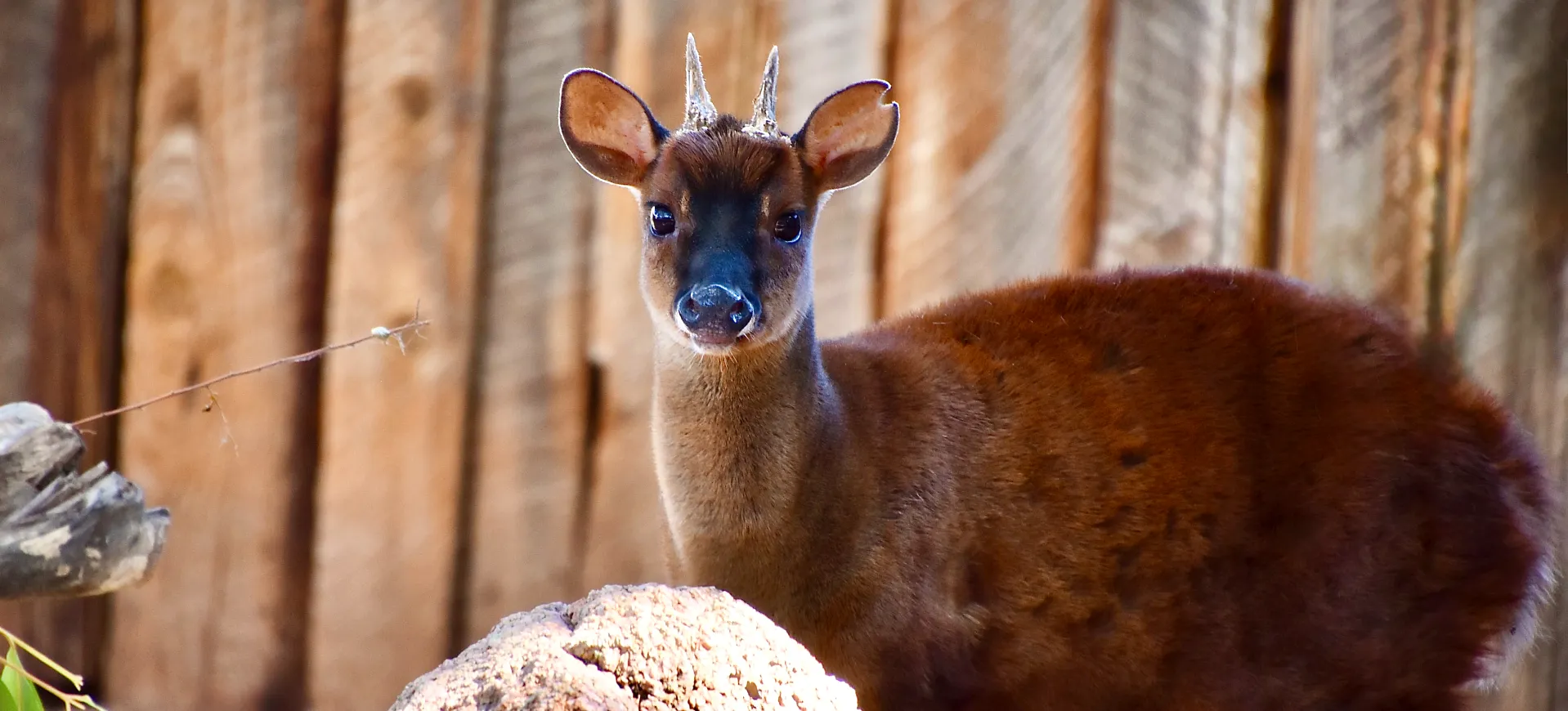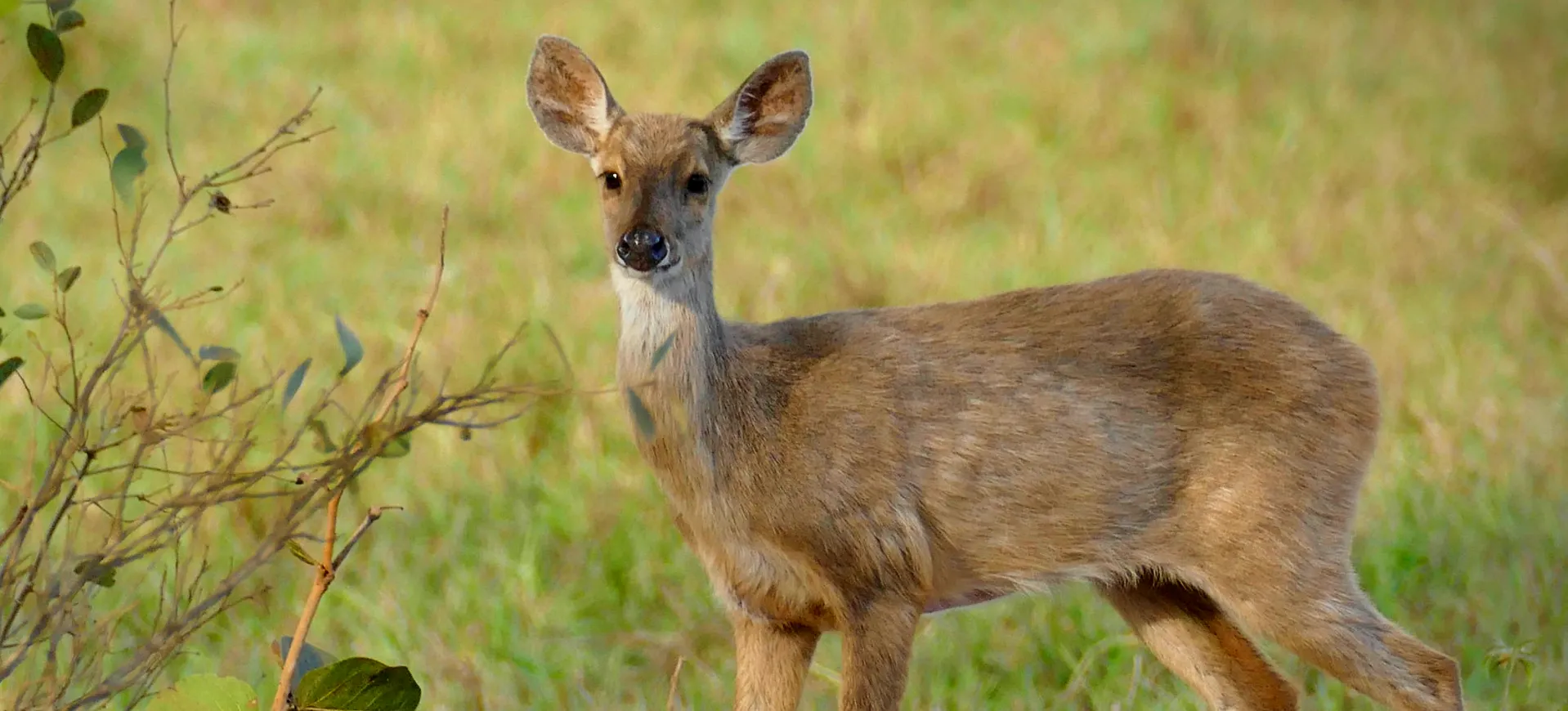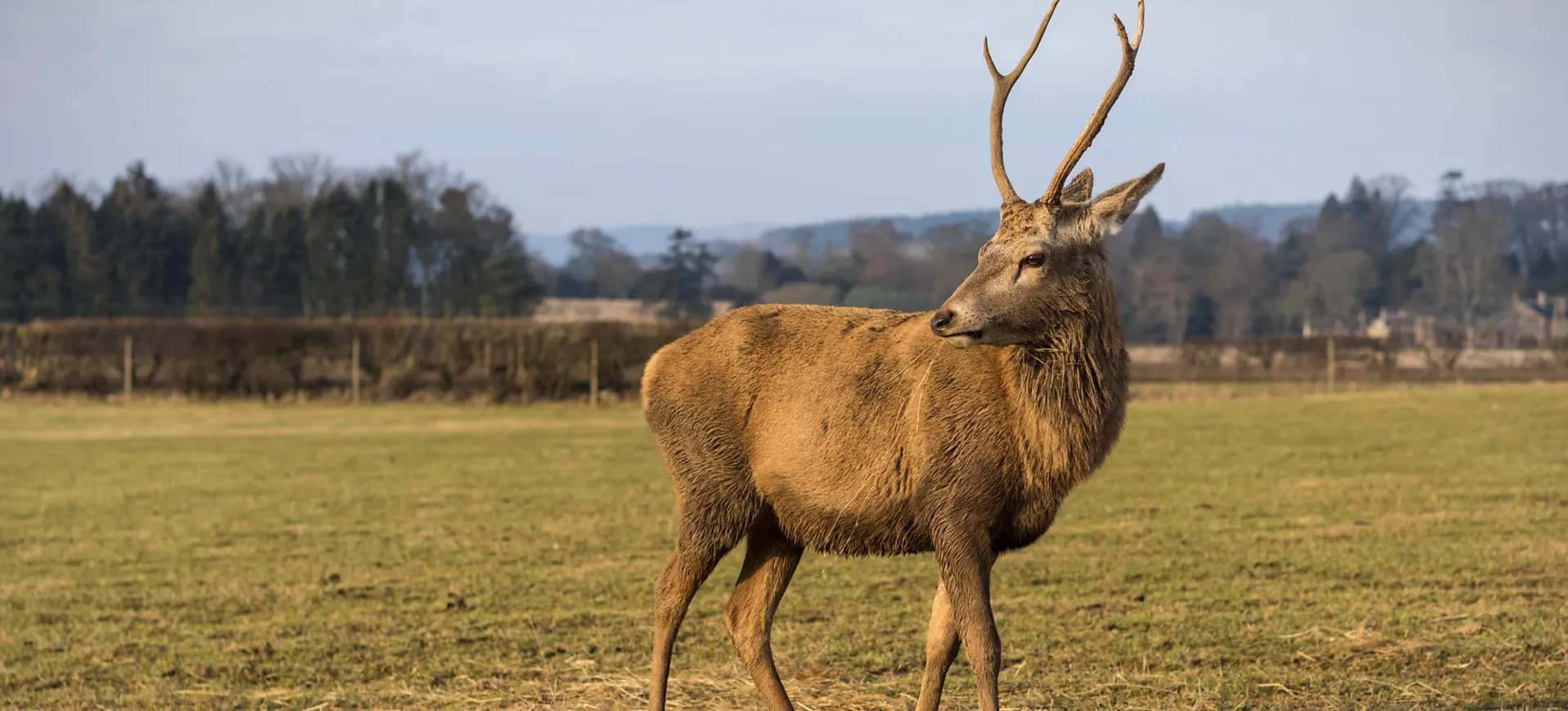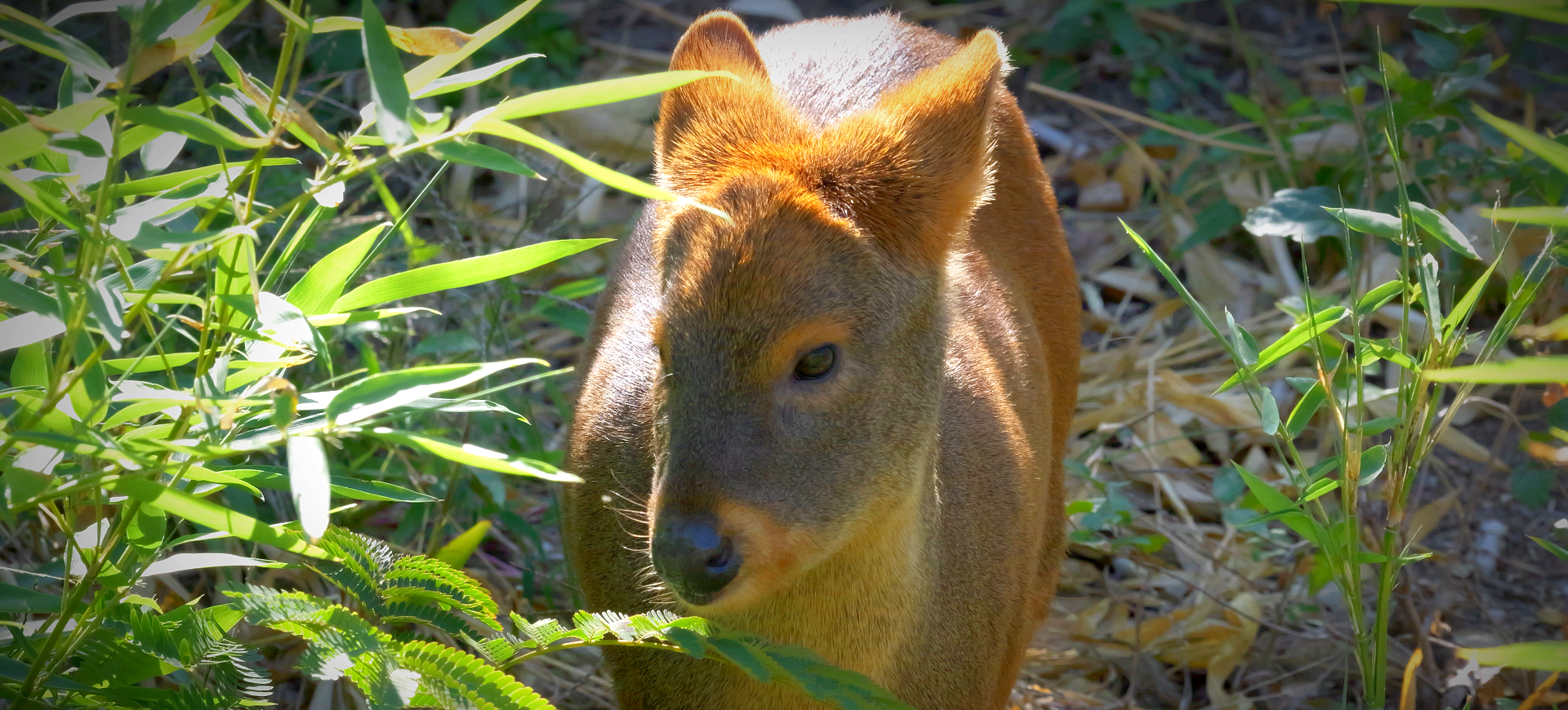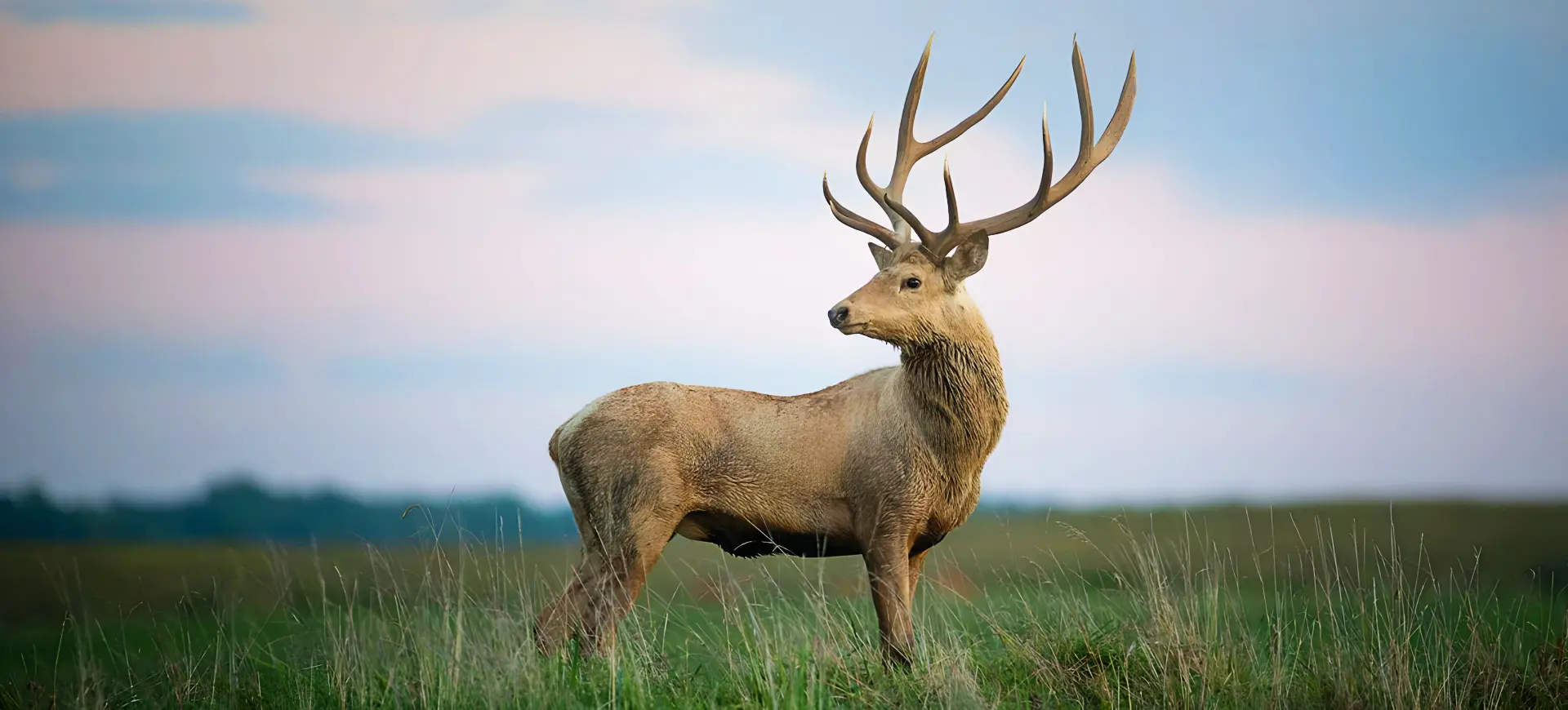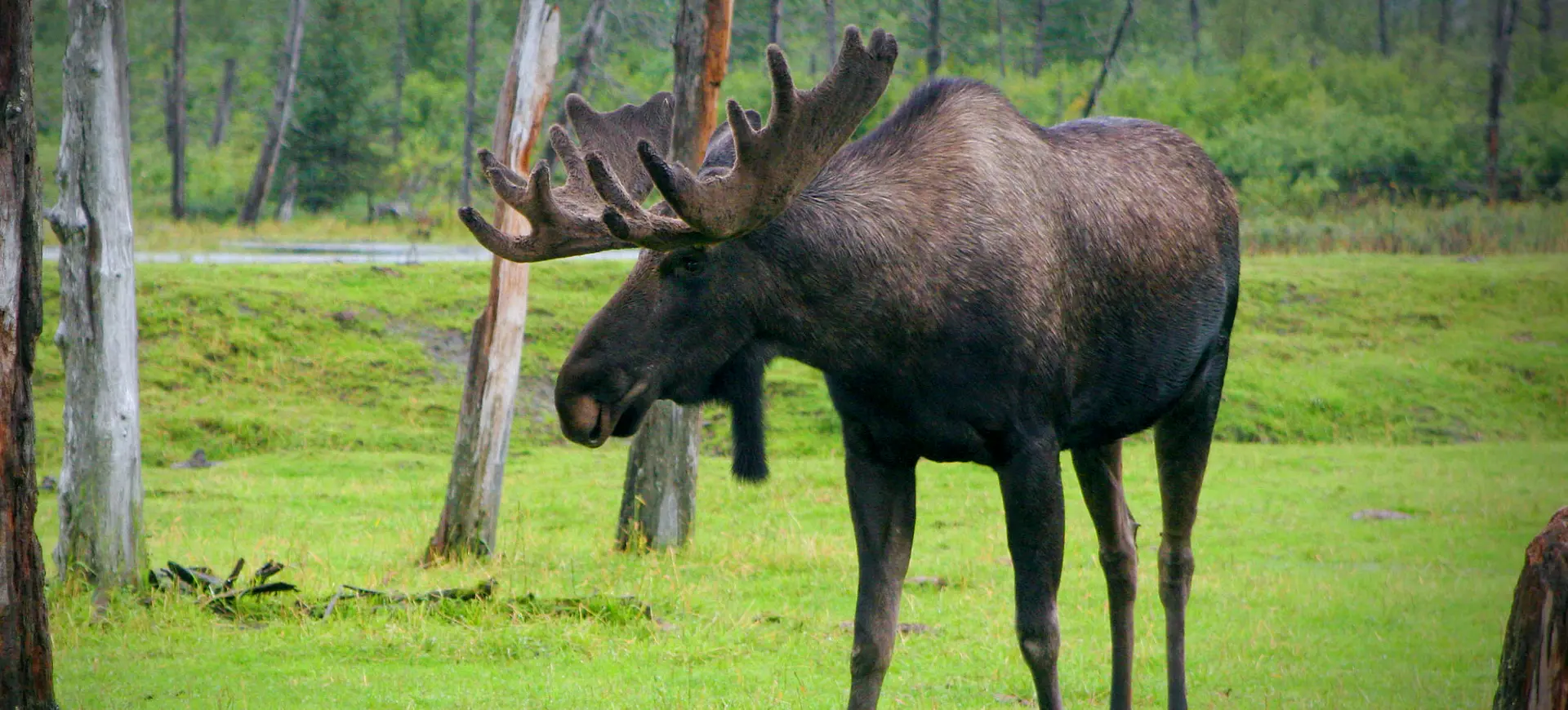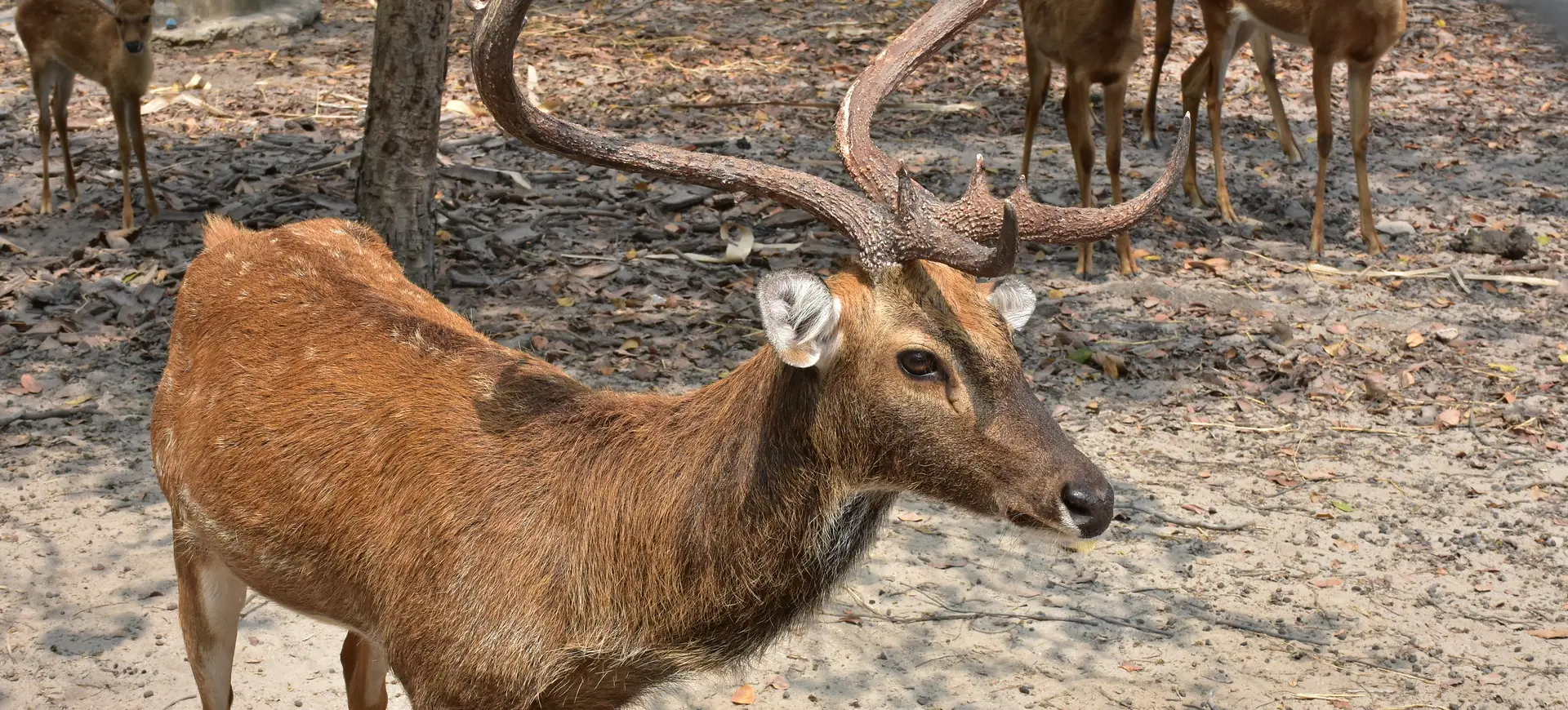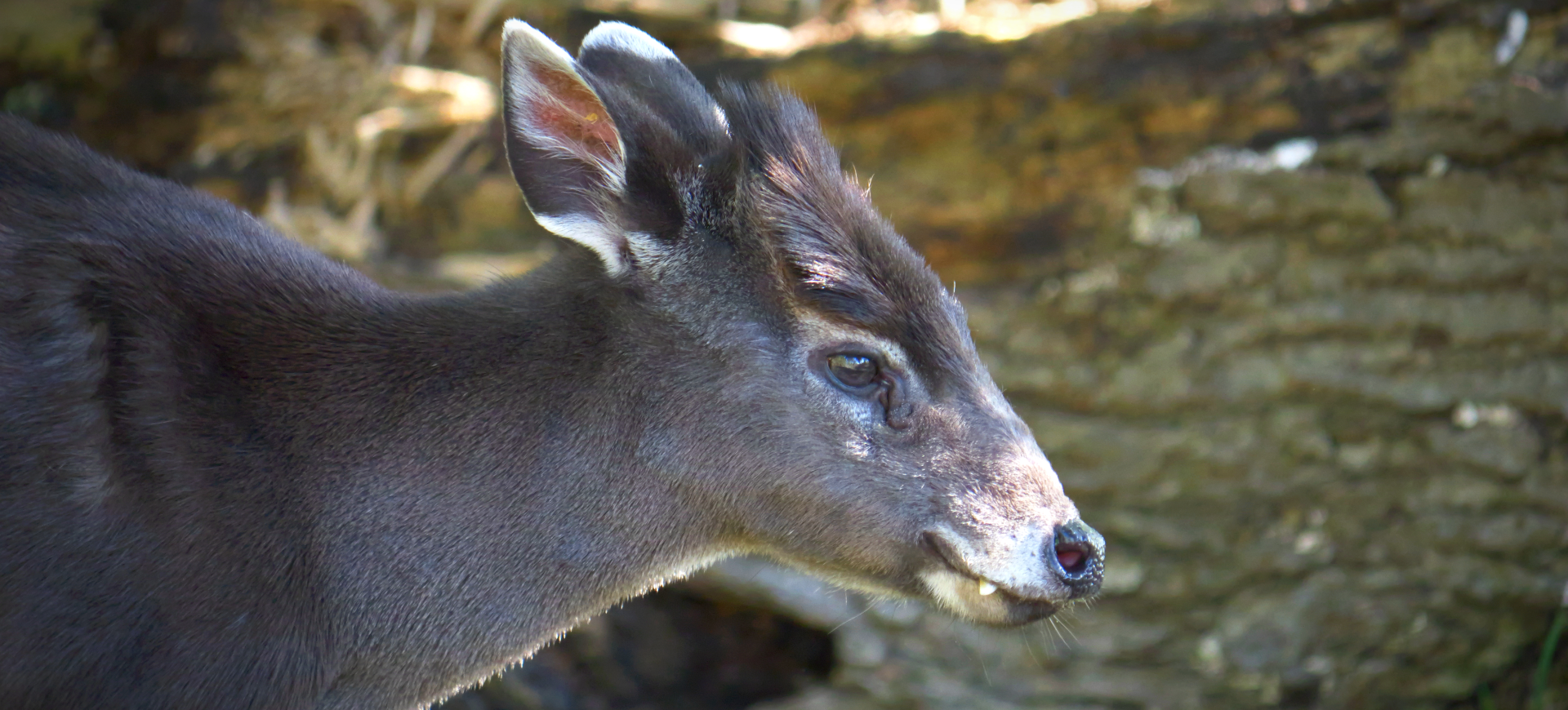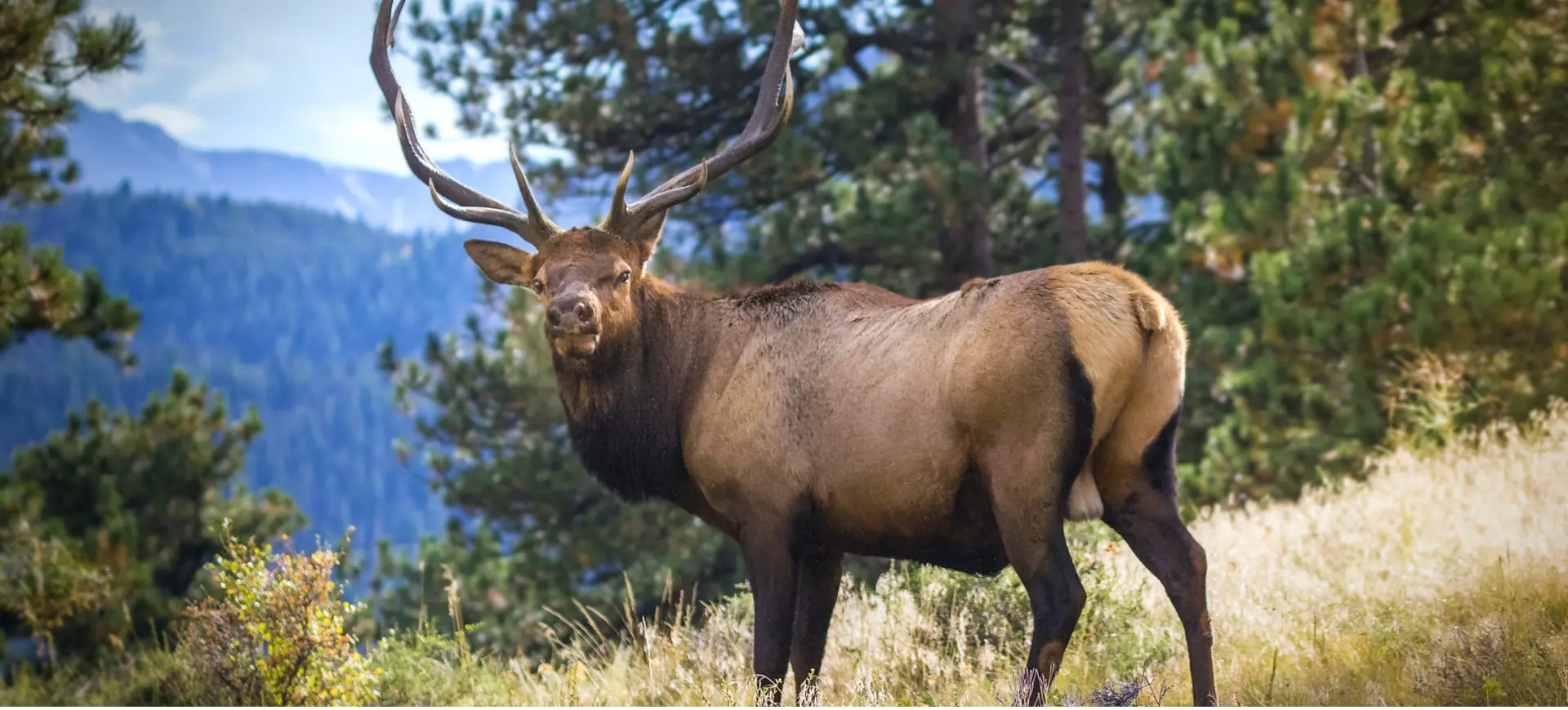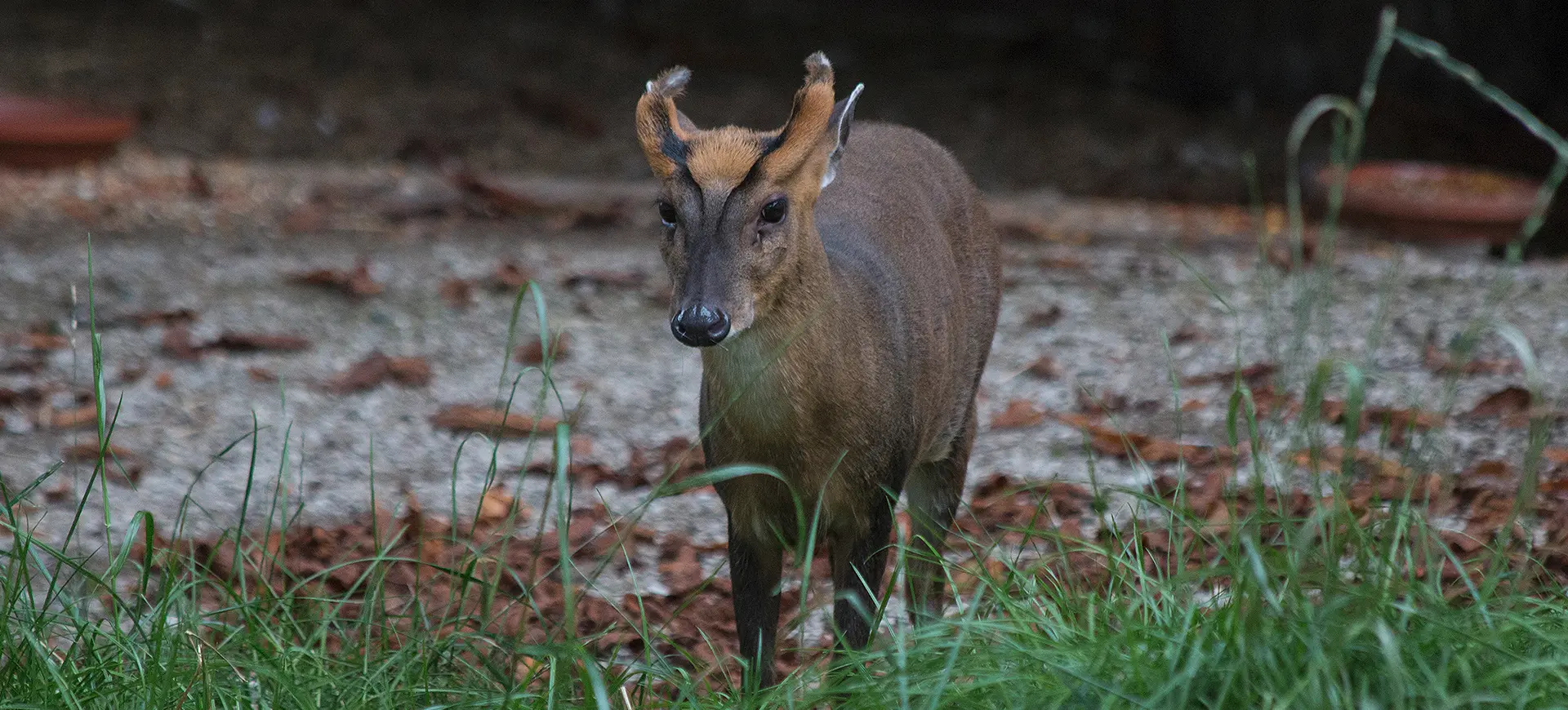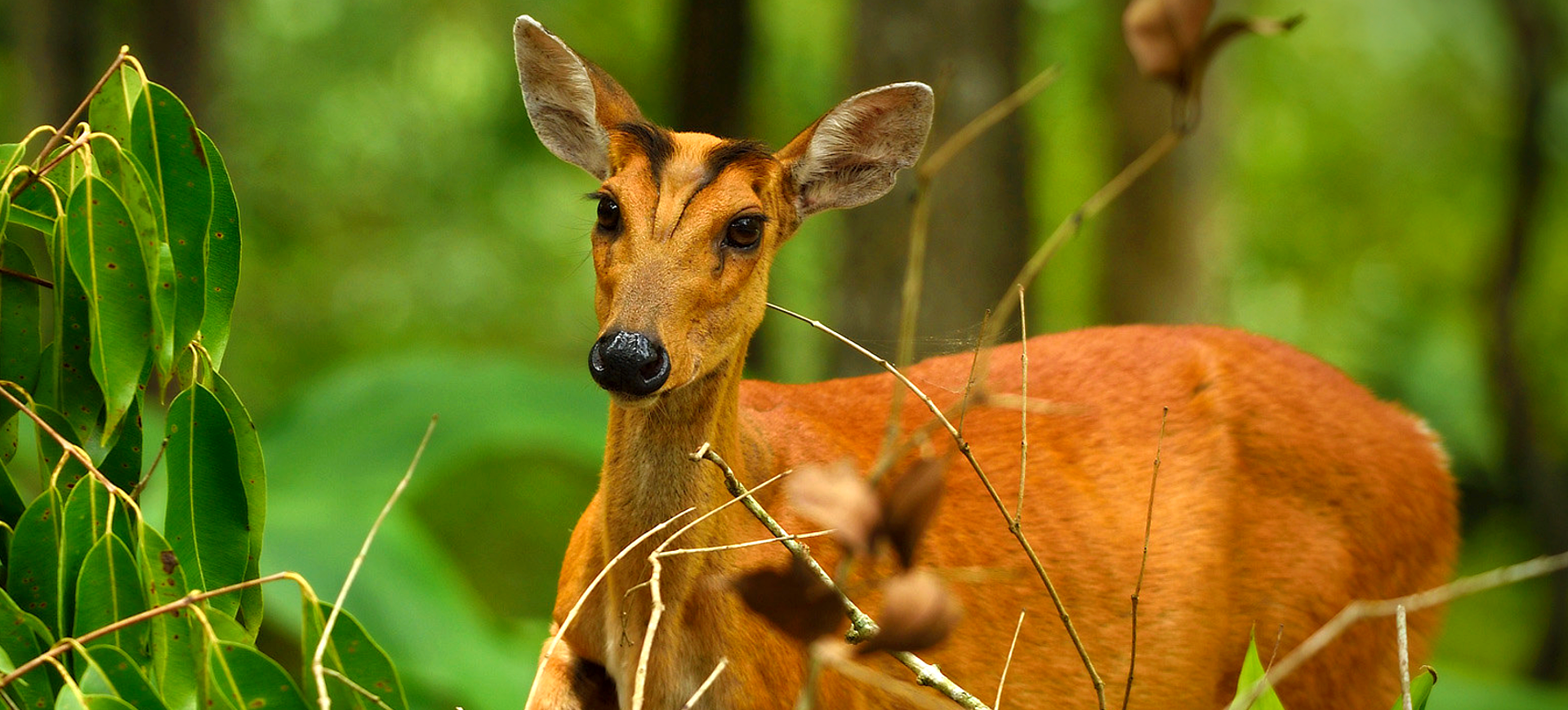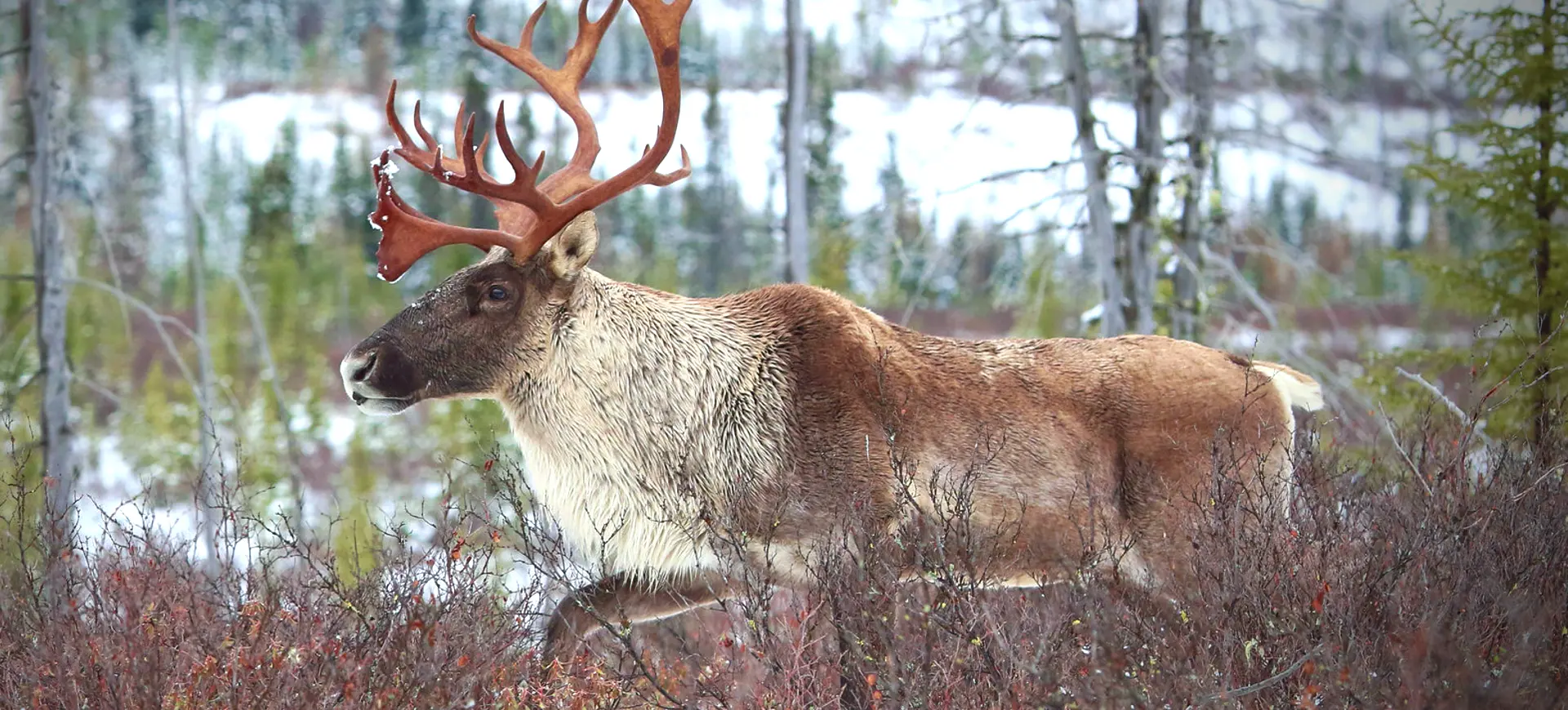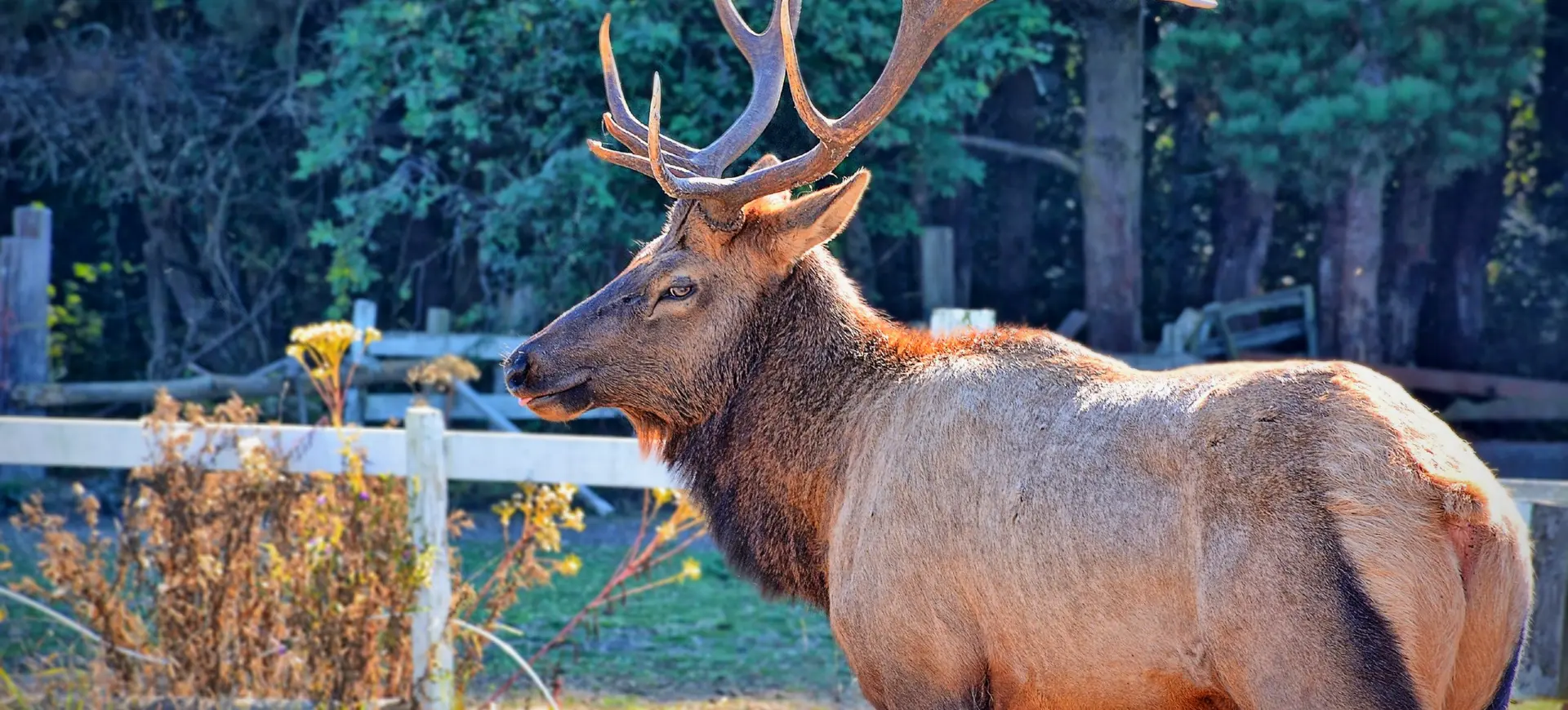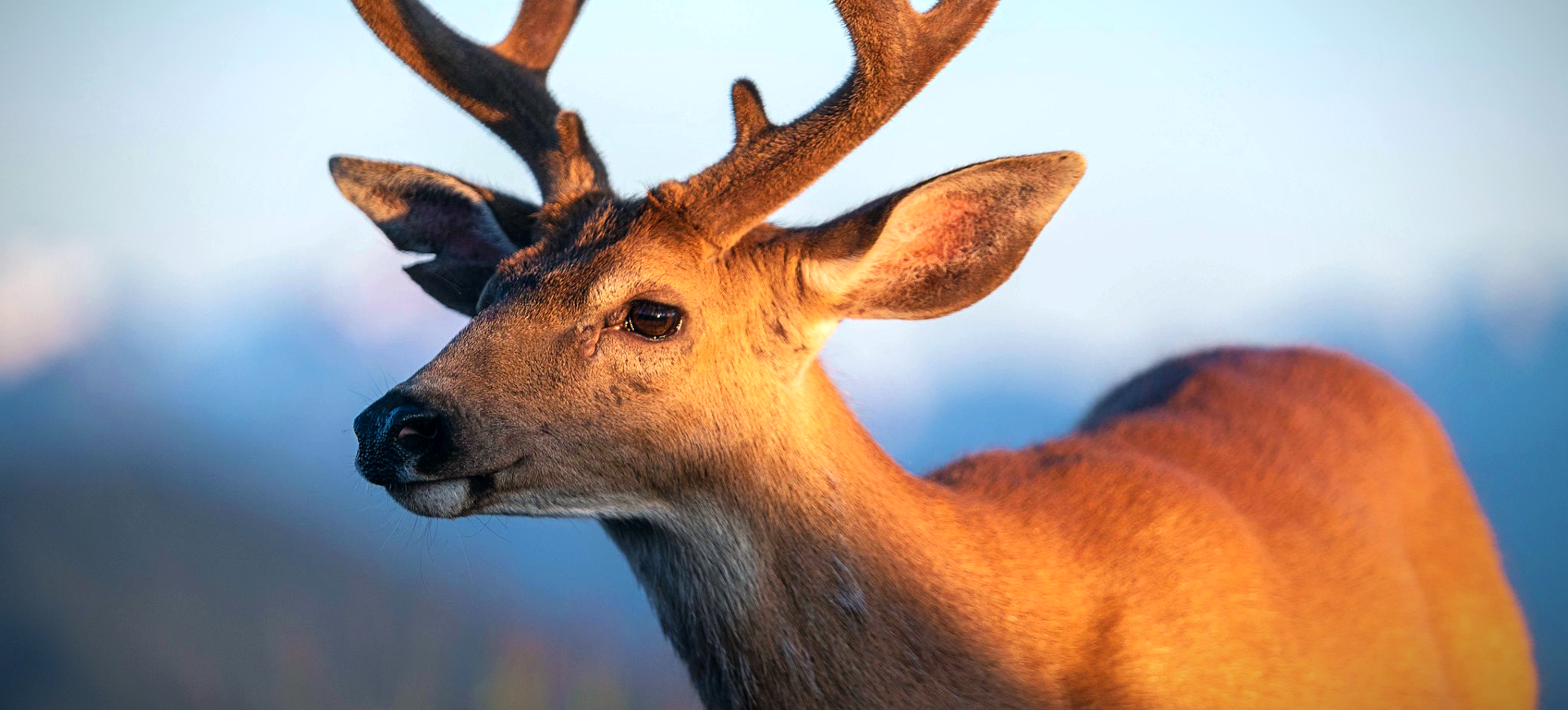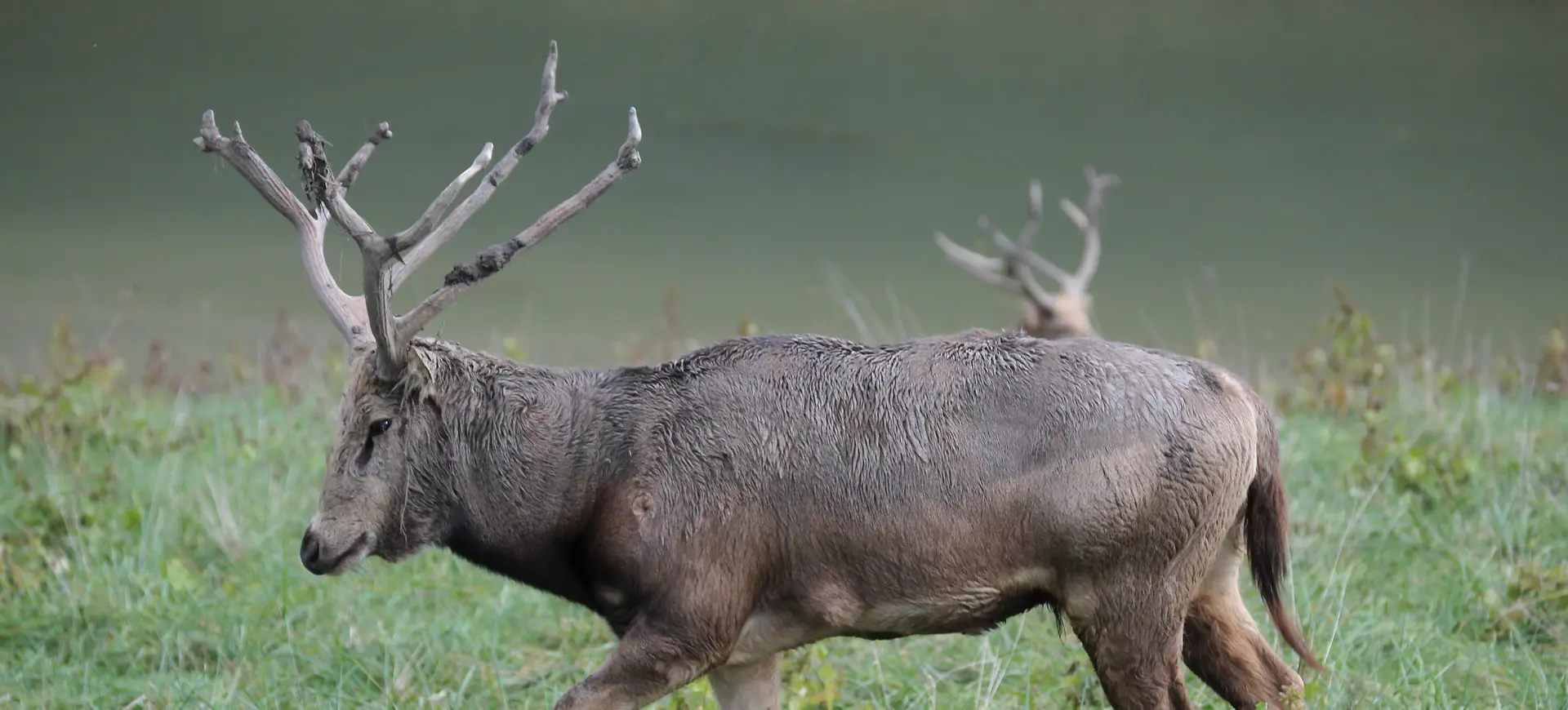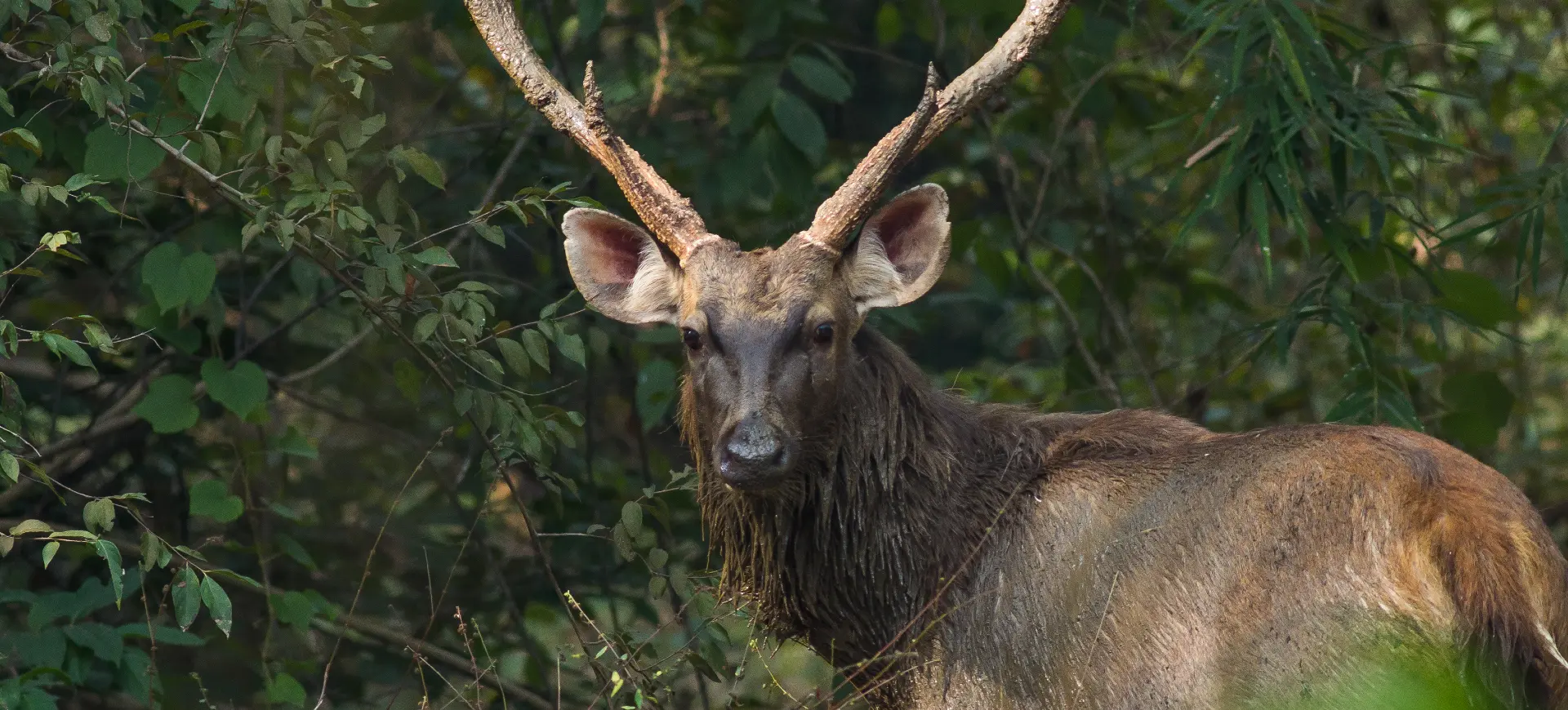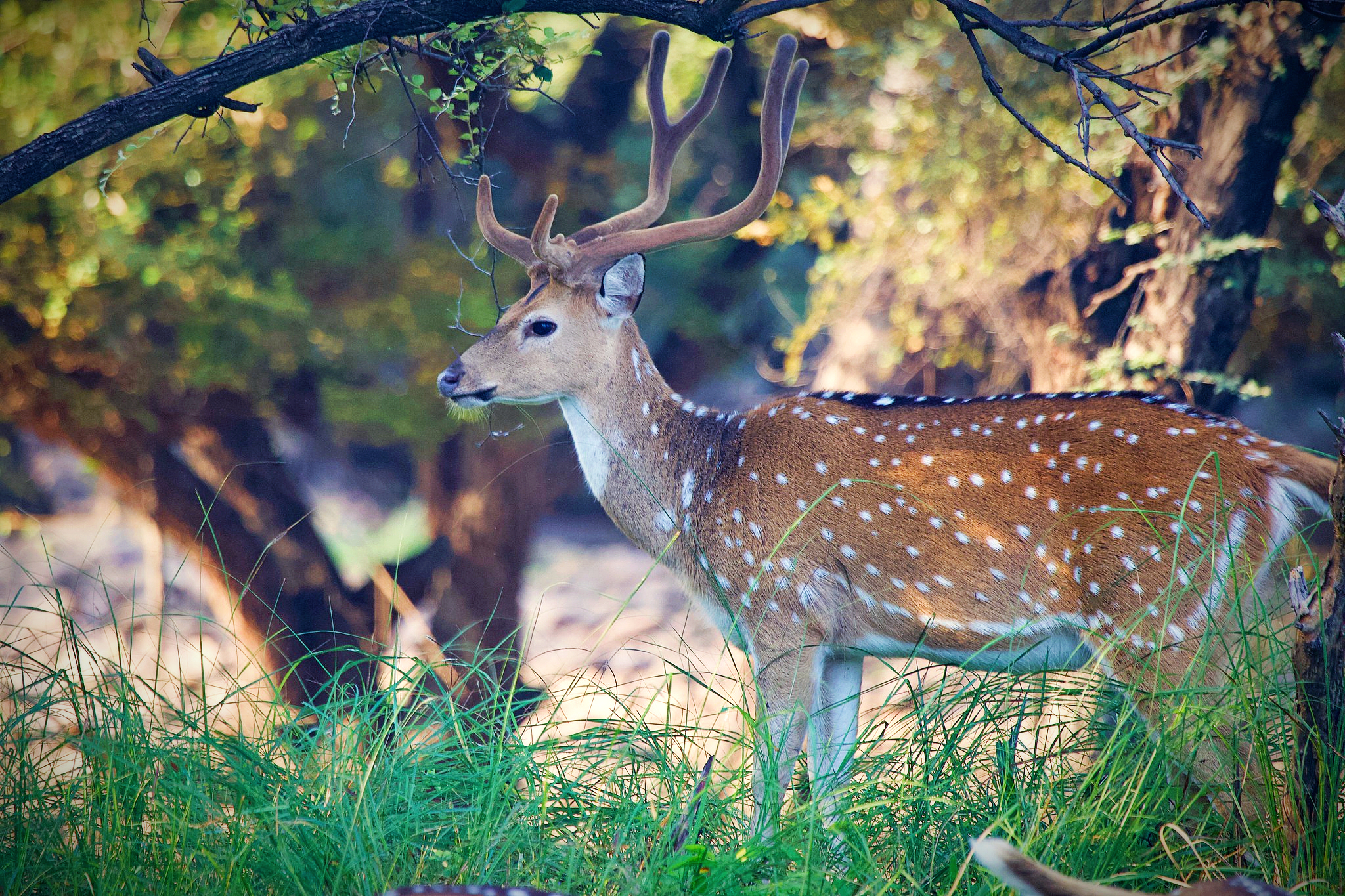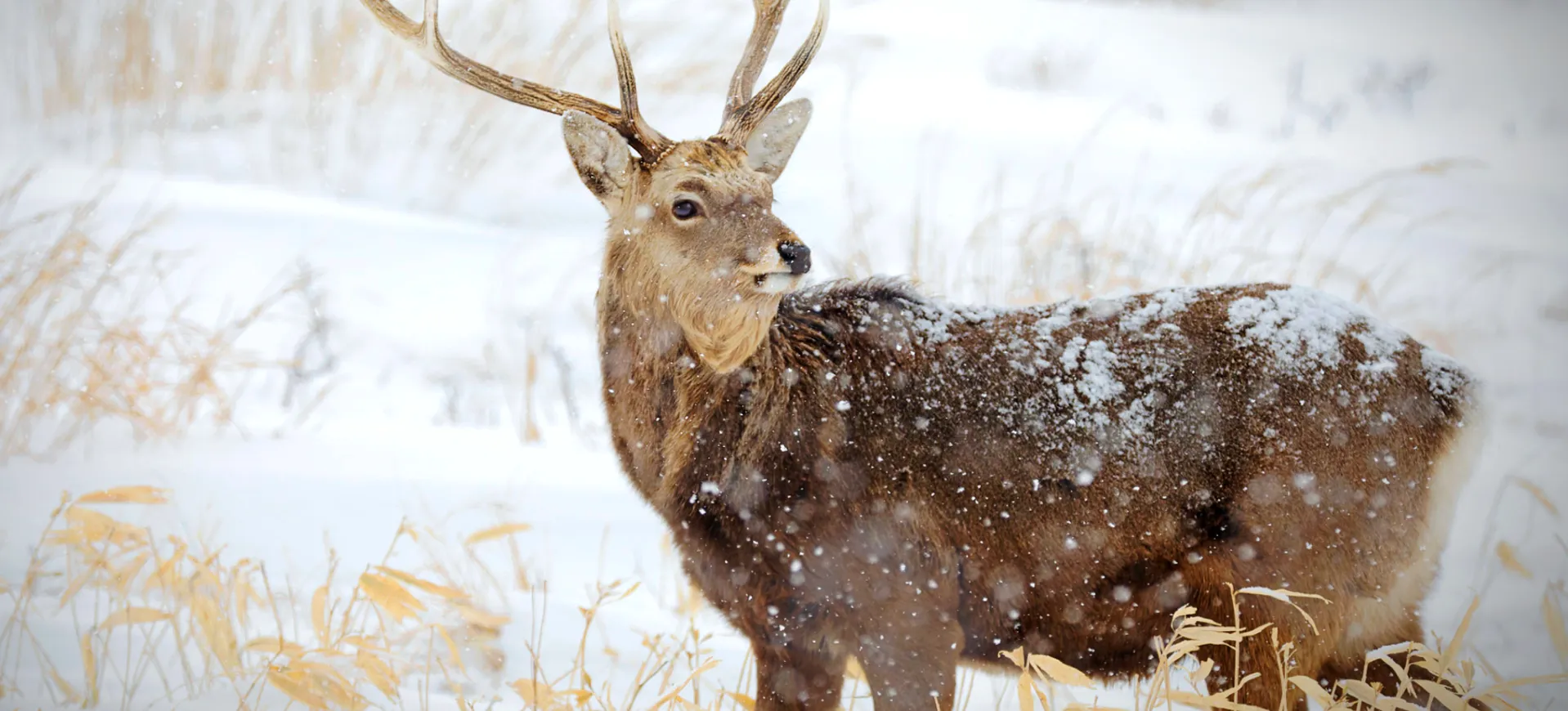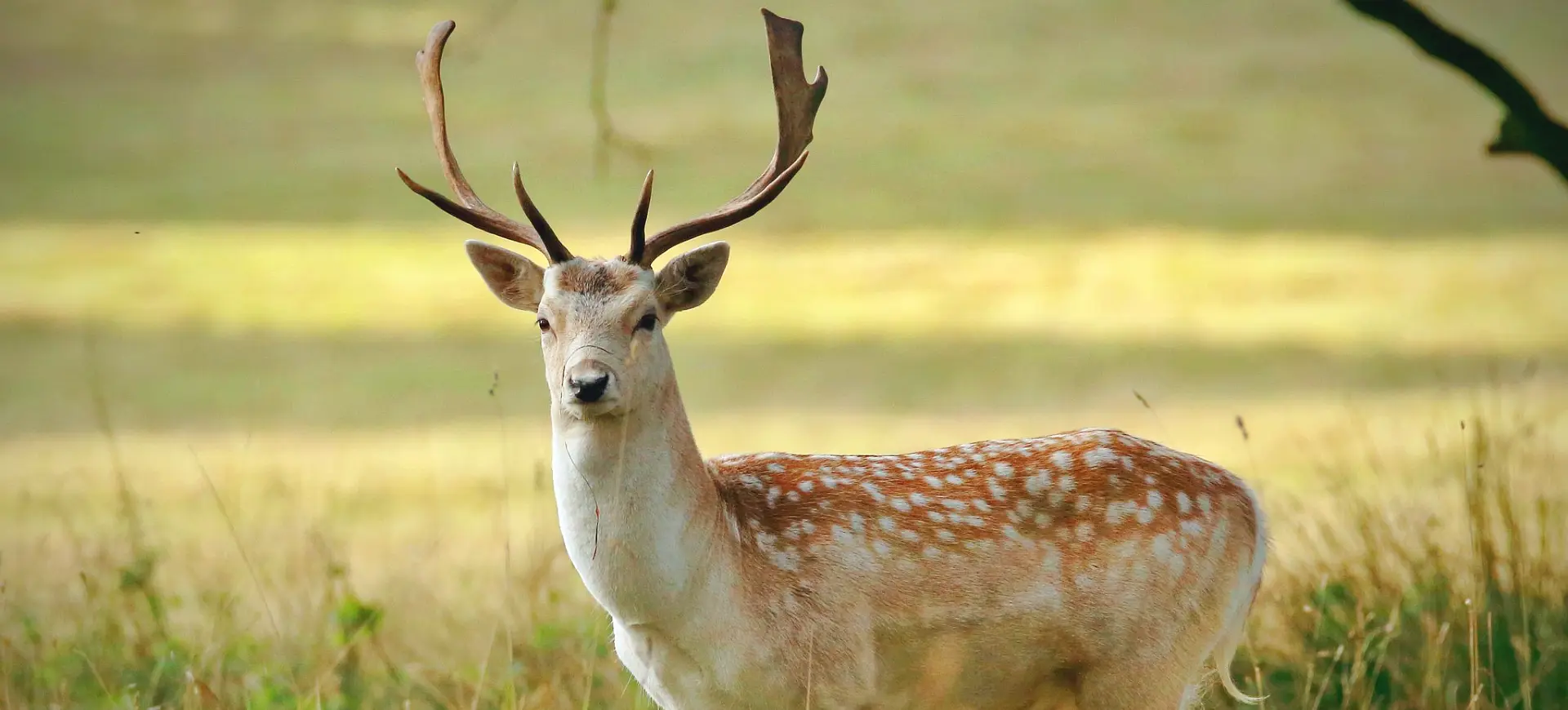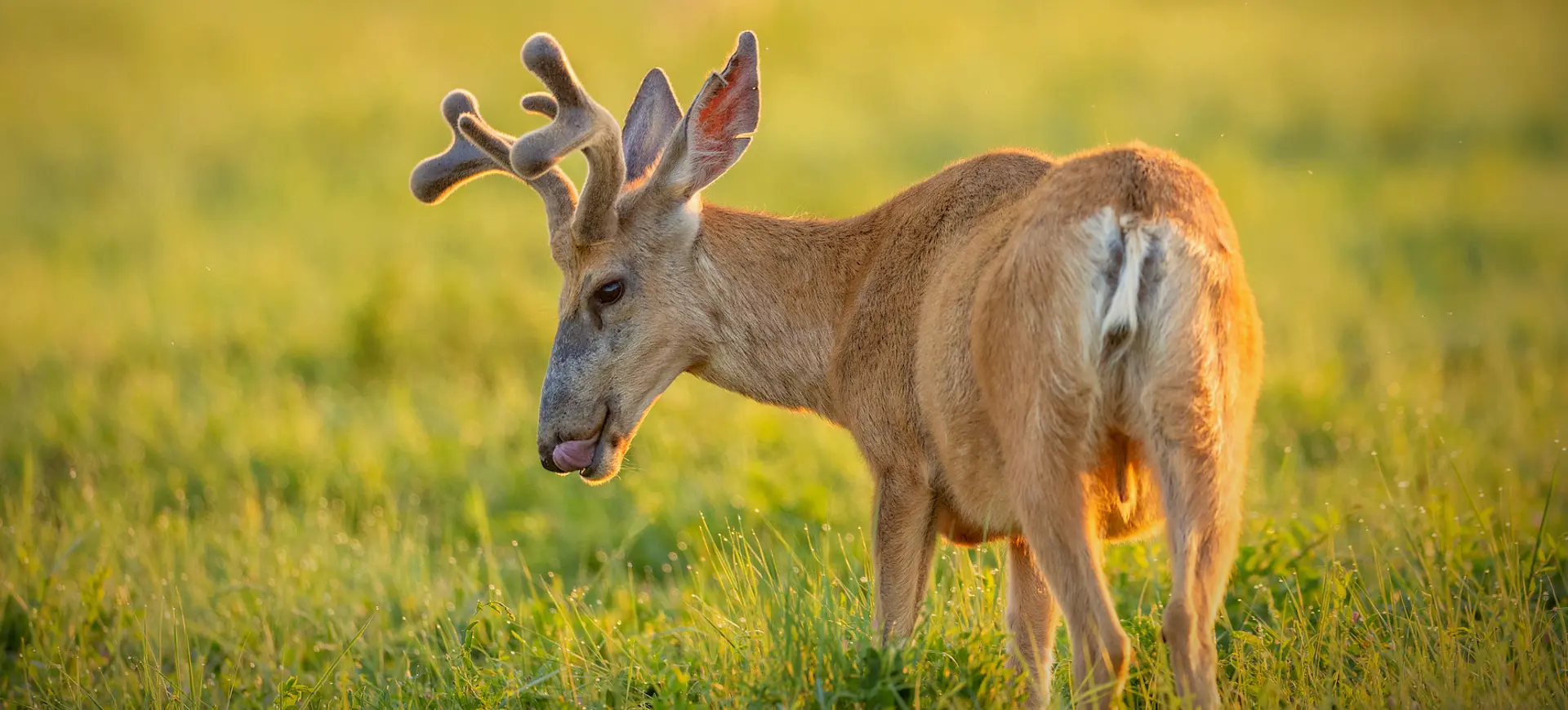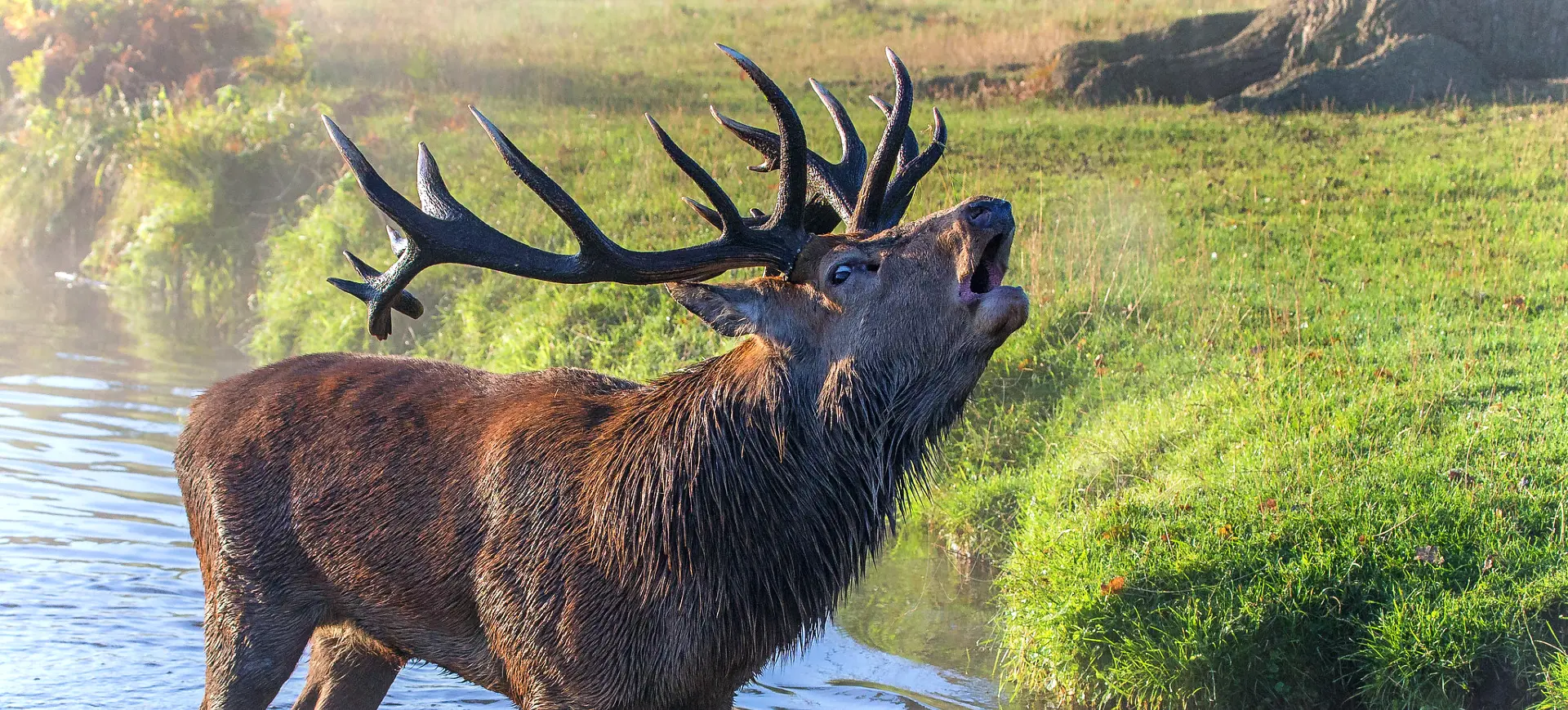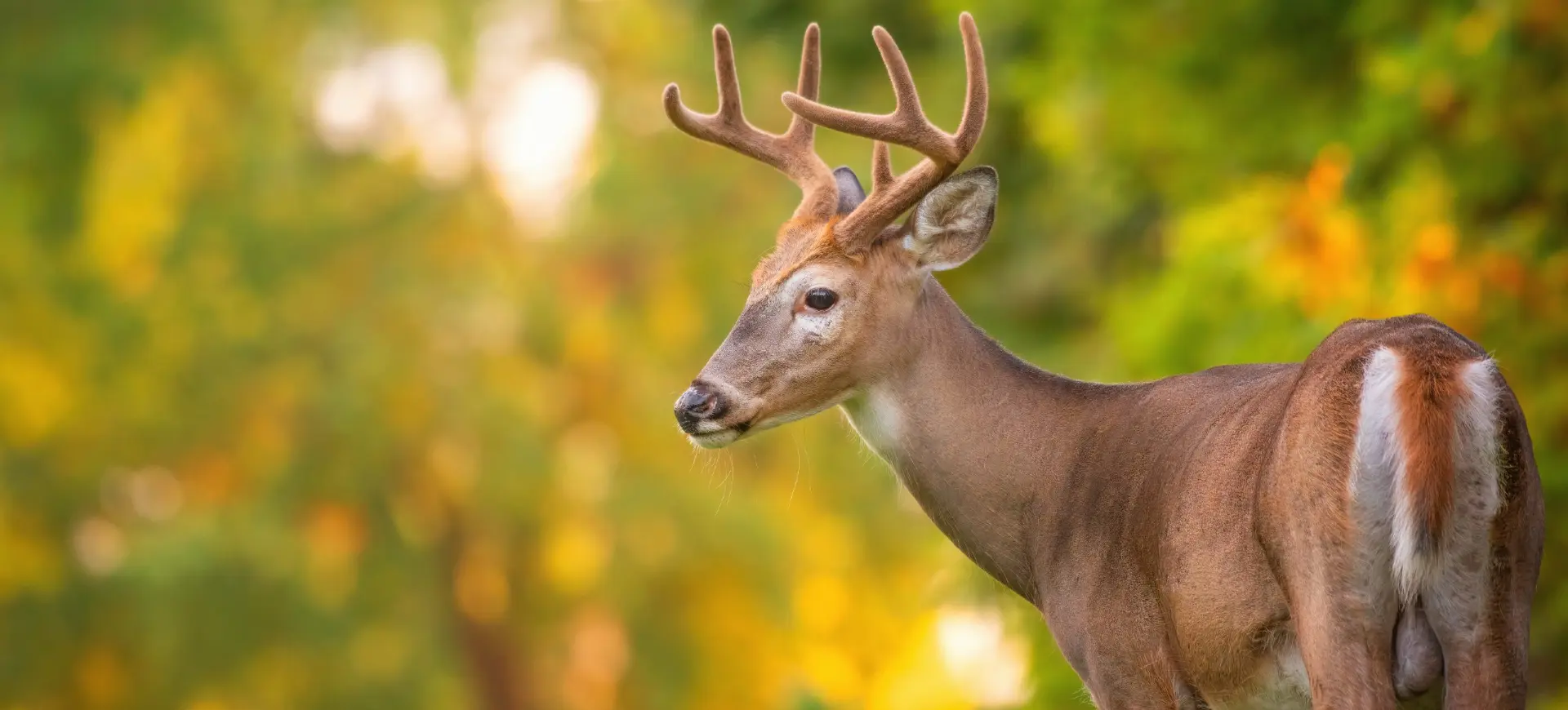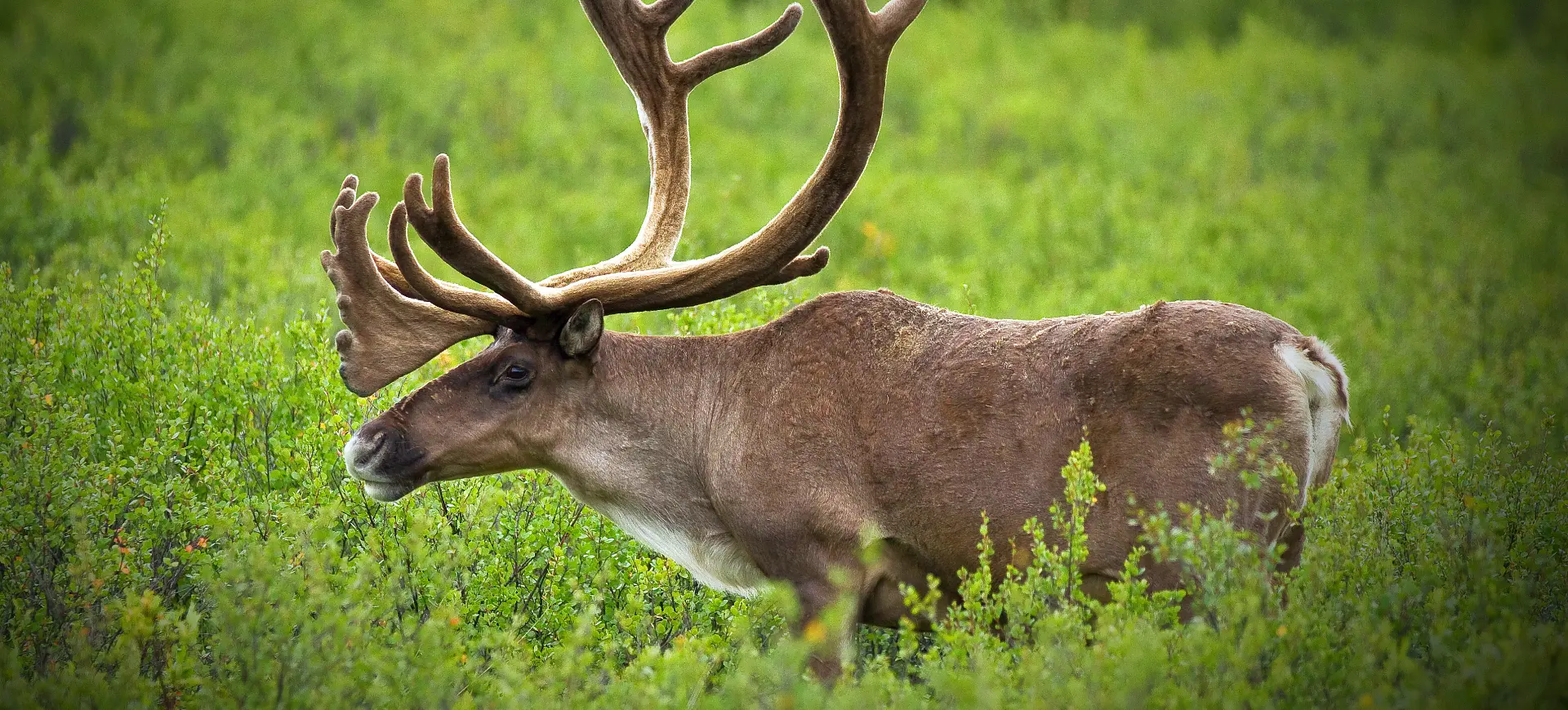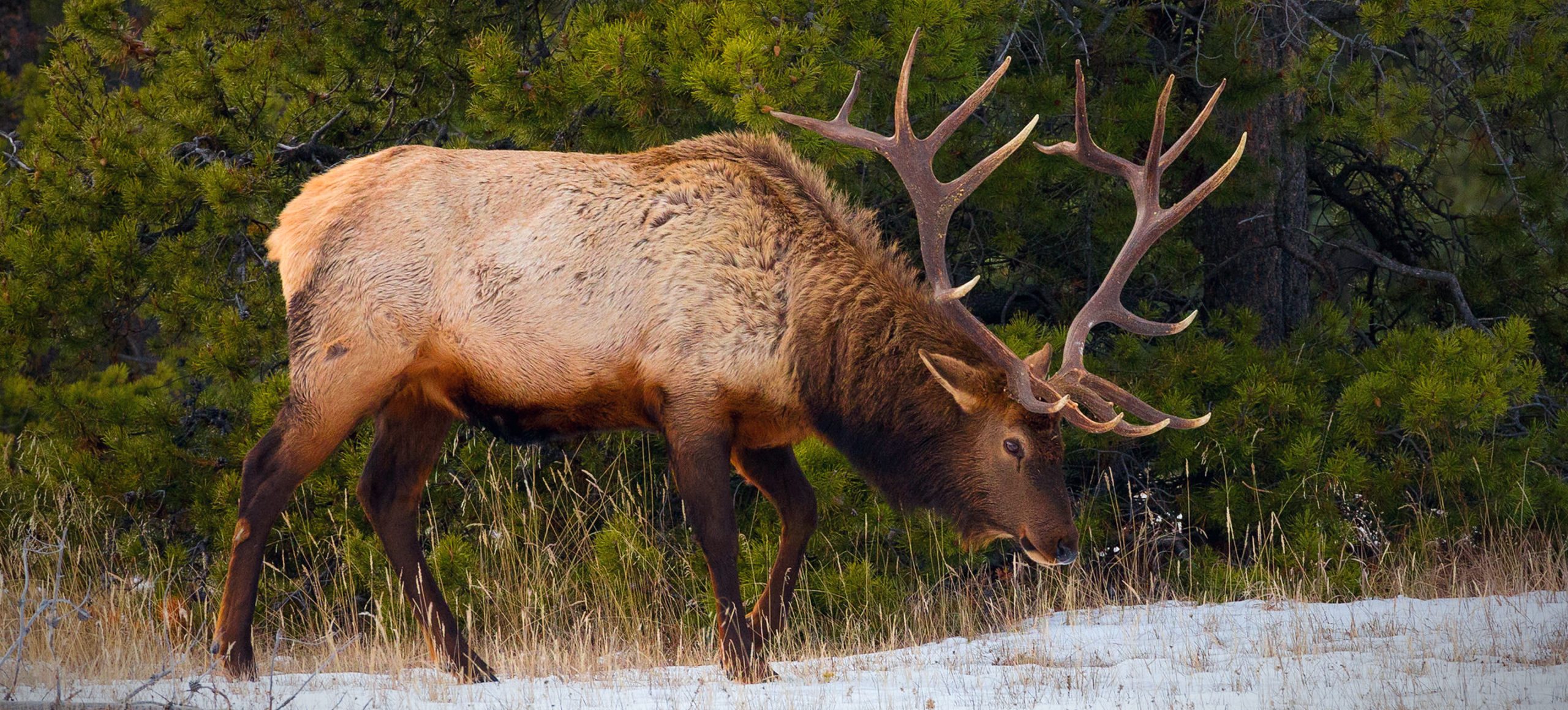Overview
The moose is the largest extant species in the deer family, Cervidae. They are adaptively adapted to various environments, from temperate forests to the chillier subarctic regions. These habitats often present numerous challenges, such as snow-covered terrains, which moose navigate easily due to their long, strong legs. Their long limbs are not just for wading through snow; they also assist the moose in crossing streams and navigating wetlands.
One of the most remarkable features of the moose is its antlers, especially in males. These antlers are not only a sign of maturity but also an adaptation for defense and sparring with other males during mating season. Some antlers can span over 6 feet from tip to tip, giving them a unique and imposing appearance. These antlers are shed and regrown annually, a cycle driven by hormonal changes.
Behaviorally, moose are generally solitary animals that prefer their own company to that of a herd, unlike many other deer species. They are known for their generally calm and peaceful demeanor. However, it’s important to note that they can become quite aggressive when threatened or cornered, employing their powerful hooves and antlers if needed.
Taxonomy
Kingdom
Phylum
Class
Order
Family
Genus
Species
Sub Species
Type
Physical Description:
Adult moose are easily recognizable by their imposing size and long legs, which are particularly helpful in navigating their diverse habitats. Males are distinguished by their large, intricate antlers, while both genders generally have brown fur. A unique feature in moose is the presence of a skin flap known as a dewlap, or “bell,” located under their throat, the purpose of which is still a subject of scientific study.
Regarding sensory abilities, moose have large eyes and ears, augmenting their perception in the wild. These keen senses are vital for detecting predators and navigating the diverse terrains they inhabit. The size discrepancy between males and females is notable, with males being significantly larger and possessing more expansive and complex antlers, which play a crucial role during the mating season.

Lifespan: Wild: ~15 Years || Captivity: ~25 Years

Weight: Male: 880–1,500 lbs (399–680 kg) || Female: 700–1,100 lbs (317–499 kg)

Length: Male: 96–120 inches (244–305 cm) || Female: 84–108 inches (213–274 cm)

Height: Male: 78–94 inches (198–239 cm) || Female: 70–82 inches (178–208 cm)

Top Speed: 35 mph (56 km/h)
Characteristic:
Native Habitat:
Moose predominantly reside in boreal and mixed deciduous forests, rich in water sources such as rivers and lakes. These habitats provide the wetlands and aquatic vegetation integral to their diet. They are particularly well-adapted to cold climates, thriving in regions with common heavy snowfall.
The dense vegetation of these forests offers multiple benefits for the moose. It provides ample cover, helping them evade predators like wolves and bears. Additionally, the forested environment offers protection against extreme weather conditions, such as heavy snow and cold winds, allowing the moose to conserve energy and maintain their body temperature.
Climate Zones:
Biogeographical Realms:
Continents:
Diet:
Diet & Feeding Habits:
Moose are primarily herbivorous, focusing their diet on terrestrial vegetation such as leaves, twigs, and shoots from various trees, including willow, birch, and aspen. They can consume an astonishing amount of food, with some adults eating up to 73 pounds of vegetation daily. This high intake is crucial for sustaining their large bodies and meeting their nutritional needs.
In addition to terrestrial plants, moose have a particular fondness for aquatic vegetation. They are commonly found wading in shallow waters to graze on underwater plants like water lilies and pondweed. Their large, flexible snouts are adept at grabbing foliage from land-based and aquatic plants, making them versatile feeders capable of exploiting a range of food sources.
Mating Behavior:
Mating Description:
The moose mating season, commonly called the rut, occurs in the late summer to early fall. During this time, male moose, or bulls, engage in intense and sometimes violent battles using their large antlers. These confrontations establish dominance and secure the right to mate with available females who enter estrus during this period.
Females or cows experience estrus for a brief period, often lasting just a day or two. This short window signals their readiness to mate and attracts multiple males vying for the opportunity. After a successful mating, it’s not uncommon for the male to move on in search of other females to mate with, taking advantage of the limited time frame of the mating season.
Reproduction Season:
Birth Type:
Pregnancy Duration:
Female Name:
Male Name:
Baby Name:
Social Structure Description:
Moose are largely solitary creatures, especially the males, who mainly seek the company of females during the rut or mating season. Outside this period, they are often found alone, foraging or navigating through their home range. Unlike some territorial animals, moose do not actively defend a specific area but rather have a home range they regularly patrol.
Family units are generally limited to a mother and her offspring. These families are most commonly seen together during the first year of the calf’s life. After about a year, it is typical for the calves to disperse and establish their home ranges, continuing the cycle of solitary existence until the next mating season.
Groups:
Conservation Status:
Population Trend:
Moose populations are generally stable on a broad scale, but they face several threats contributing to specific regional declines. Among the most pressing challenges are habitat loss and fragmentation, often due to human activities like logging and land development. Climate change is another significant threat, affecting the availability of food and water sources and increasing susceptibility to diseases.
The densest moose populations in North America are found in Canada and Alaska. These regions offer the most suitable habitats for the species, featuring abundant water sources and forested areas that provide necessary cover and food. However, smaller populations in the northern United States are experiencing declines, intensifying conservation concerns for this generally resilient species.
Population Threats:
Habitat loss is one of the most significant threats to moose populations, largely resulting from deforestation and human encroachment into their natural habitats. Activities such as logging, agriculture, and urban development have contributed to the fragmentation of moose habitats, making it increasingly difficult for these animals to find the resources they need for survival. Additional challenges include direct interactions with humans, such as hunting and road accidents, which pose immediate risks.
Climate change adds another layer of threat by altering the characteristics of the cold habitats where moose typically thrive. Warmer temperatures can lead to less snowfall and increased drought, affecting food and water availability. Diseases are also a growing concern for moose populations; they are becoming increasingly susceptible to issues like brain worm infections and tick infestations, which can lead to significant illness or death.
Conservation Efforts:
Conservation strategies for moose are often centered around habitat preservation and the regulation of hunting activities. Many jurisdictions have established controlled hunting seasons and quotas to ensure that moose populations are managed sustainably. This approach helps maintain a healthy population size while allowing for some level of human interaction, such as hunting, which is often culturally or economically important in certain areas.
Research initiatives are another key element in moose conservation efforts. Scientists are actively studying the impacts of climate change on moose habitats to better understand how these animals can adapt to a changing environment. This research aims to develop adaptive management strategies to help moose populations remain stable and resilient in the face of increasing environmental pressures.
Additional Resources:
Fun Facts
- Moose can swim up to 10 miles
- They have an excellent sense of smell and hearing
- A moose’s antlers can weigh up to 85 pounds
- They are the tallest mammals in North America
- Moose can run up to 35 mph
- They can consume up to 73 pounds of food a day
- A single kick from a moose can be fatal
- Despite their size, they are good at jumping
- Moose are not social animals and prefer solitude
- They have a keen ability to adapt to a variety of habitats








